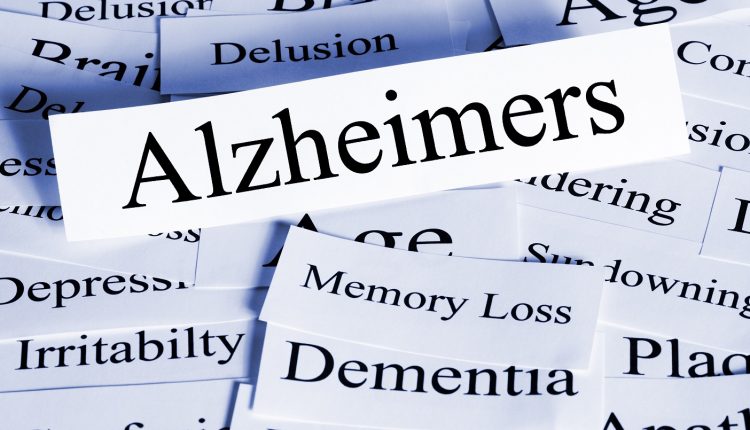
Contents
Unveiling Alzheimer’s Disease
Alzheimer’s disease is a complex and progressive neurodegenerative disorder that significantly impacts the lives of individuals and their families. Consequently, we aim to provide a comprehensive overview of Alzheimer’s. We’ll cover its historical context, delve into the underlying neurobiology, and discuss the societal implications of this widespread condition.

Understanding Alzheimer’s
Historical Perspective: Delving into the history of Alzheimer’s disease helps us understand how our knowledge of the condition has evolved over time. We explore the initial identification of Alzheimer’s by Dr. Alois Alzheimer in the early 20th century. Subsequently, we trace the milestones in research and awareness since then.
The Neurobiology of Alzheimer’s: To comprehend the disease, it’s essential to explore its neurobiological aspects. This section discusses the key pathological features of Alzheimer’s, including the formation of beta-amyloid plaques and tau tangles in the brain, and the subsequent neuronal damage that leads to cognitive decline.
Prevalence and Impact on Society: Alzheimer’s has become a global health concern with a significant impact on individuals, families, and societies. In this part of the chapter, we delve into the prevalence of Alzheimer’s worldwide, the demographic groups most affected, and the economic and social challenges associated with the increasing numbers of those diagnosed with the disease.
Understanding the historical, neurobiological, and societal aspects of Alzheimer’s sets the stage for a comprehensive exploration of the disease in subsequent chapters, providing a foundation for discussing prevention, symptoms, diagnosis, patient care, and potential interventions. Don’t forget to explore thoughtful gifts for individuals and families affected by Alzheimer’s at giftpals.com

Symptoms and Diagnosis of Alzheimer’s Disease
Recognizing the early signs of Alzheimer’s disease is crucial for timely intervention and improved patient outcomes. This chapter focuses on the various symptoms associated with Alzheimer’s and the diagnostic tools available for accurate and early detection.
Early Warning Signs
- Memory Loss and Cognitive Decline: Alzheimer’s frequently manifests through memory loss, notably in recalling recent events. Moreover, this section delves into how cognitive decline, especially in memory functions, serves as a crucial early warning sign. Additionally, it discusses how this decline differs from normal, age-related forgetfulness.
- Behavioral Changes: Alzheimer’s can lead to alterations in behavior and personality. Consequently, this section examines how shifts in mood, personality, and social interactions may signal the onset of the disease. This provides insights into the emotional toll on both patients and their loved ones.
- Challenges in Daily Activities: As the disease progresses, individuals may encounter difficulties in performing routine tasks. Therefore, this section emphasizes the impact of Alzheimer’s on daily activities such as cooking, driving, and managing finances. Additionally, it explores how these challenges contribute to the overall diagnostic picture.
The Most Common Cognitive Assessment Tools for Dementia

Diagnosis and Assessment
- Cognitive Tests: Healthcare professionals employ various cognitive tests to assess memory, language, and problem-solving skills. Furthermore, this section explains common diagnostic tools like the Mini-Mental State Examination (MMSE) and the Montreal Cognitive Assessment (MoCA). It sheds light on their efficacy in detecting cognitive impairment.
A series of well-known tests to diagnose Alzheimer’s Disease:
- Alzheimer’s Test: Informant Questionnaire on Cognitive Decline in the Elderly (IQCODE)
- Dementia Test: General Practitioner Assessment of Cognition (GPCOG)
- Clock Drawing Test for Alzheimer’s and Dementia
- Alzheimer’s Test: The Montreal Cognitive Assessment (MoCA)
- Alzheimer’s Test: What Is the Mini-Cog Test?
- Mini-Mental Status Exam (MMSE)
- Advanced brain imaging techniques, such as magnetic resonance imaging (MRI) and positron emission tomography (PET) scans, are vital for diagnosing Alzheimer’s. Consequently, this section explores how medical tests, like imaging techniques, identify brain changes linked to the disease.
- Genetic Testing: Some forms of Alzheimer’s have a genetic component. Thus, this section discusses genetic testing and its role in identifying specific genetic risk factors such as the Apolipoprotein E (APOE) gene. Additionally, it explores how genetic testing contributes to a more personalized approach to diagnosis.
Final Words
By examining the symptoms and diagnostic methods of Alzheimer’s, we can identify potential signs of the disease early on. This, in turn, facilitates prompt medical intervention and support for individuals and their families.